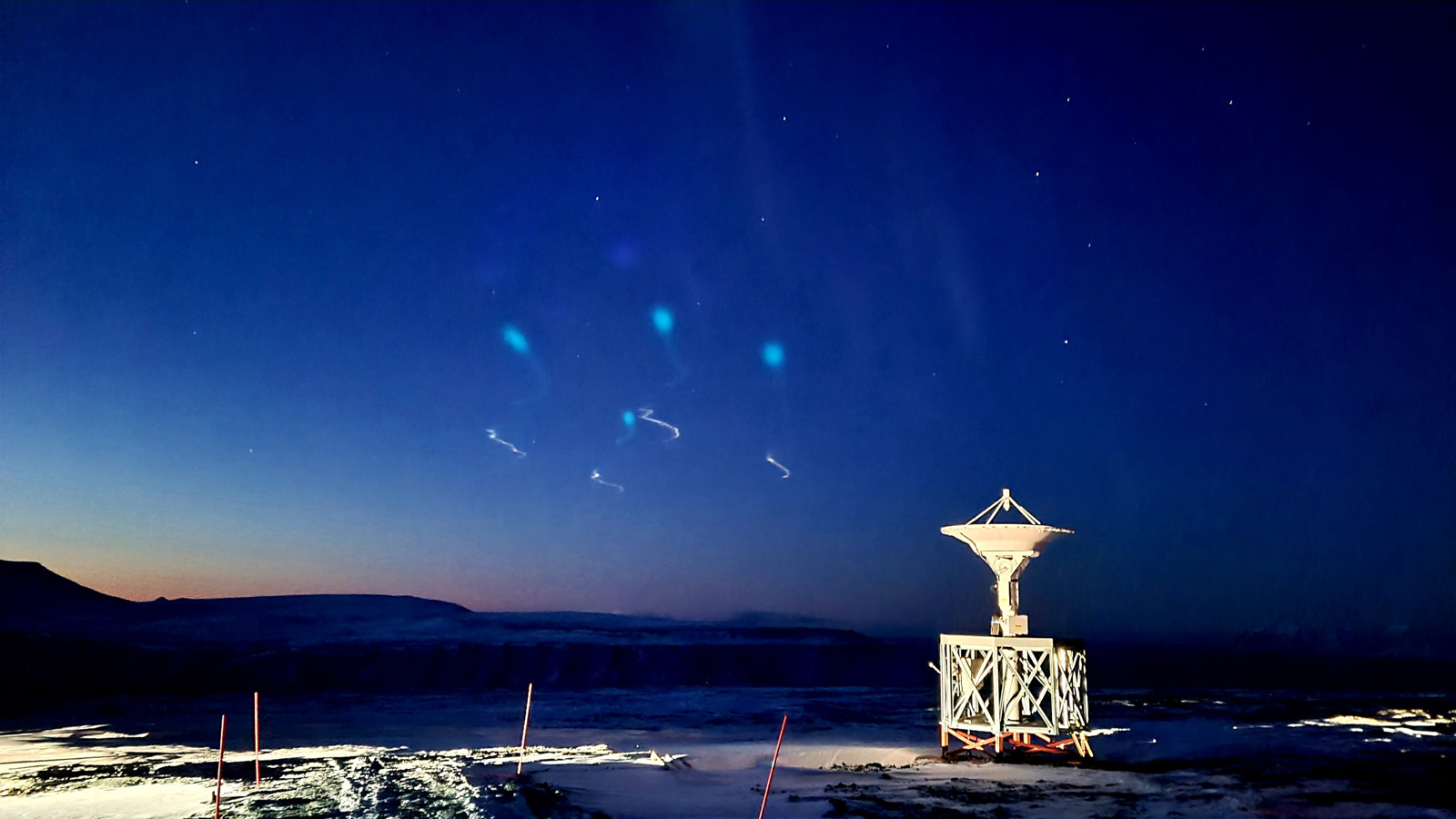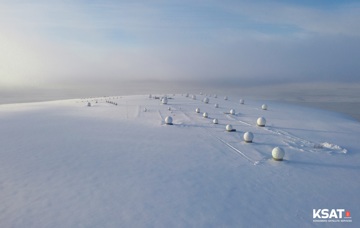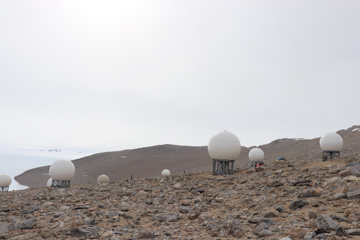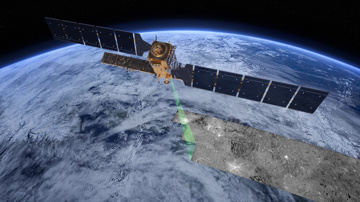Strange things happen in Earth’s atmosphere at high latitudes. Around local noon, when the Sun is at its highest point, a funnel-shaped gap in our planet’s magnetic field passes overhead. Earth’s magnetic field shields us from the solar wind, the stream of charged particles spewing off the Sun. The gap in that field, called the polar cusp, allows the solar wind a direct line of access to Earth’s atmosphere.
Radio and GPS signals behave strangely when they travel through this part of the sky. In the last 20 years, scientists and spacecraft operators noticed something else unusual as spacecraft pass through this region: They slow down.
That’s because the air in the cusp is noticeably denser than air elsewhere in the spacecrafts’ orbits around Earth. But no one knows why, or how.
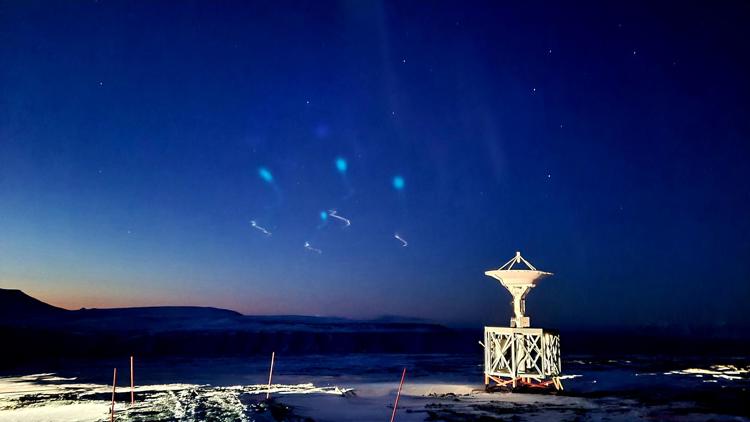
The CREX-2 payload was successfully launched at 3:25 a.m. EST from Andøya Space Center in Norway, supported by KSAT via hosting service at Tromsø Ground Station.
Our employee Torgeir Prytz took this image of the sky above Svalbard, right after launch.
The NASA’s Cusp Region Experiment-2, or CREX-2, sounding rocket mission CREX-2 aims to figure out exactly what it is that causes that. By understanding the forces at play in the cusp, scientists hope to better anticipate changes in spacecraft trajectories.
And it does so in style. The rocket ejects 20 soda can-sized canisters, each with its own small rocket motor, in four directions. The canisters are timed to rupture at different altitudes. When they burst, they’ll release vapor tracers — particles often found in firework displays which glow by scattering sunlight or upon exposure to oxygen — in a three-dimensional grid in the sky. The wind will paint the sky with these glowing clouds, revealing how air moves in this unusual section of the atmosphere.
Preliminary reports are that the flight was successful and the ampules carrying the vapors performed as planned. Good data was received including data from the vapor imaging team.
Do you want to know more? Check out NASA's own story.
